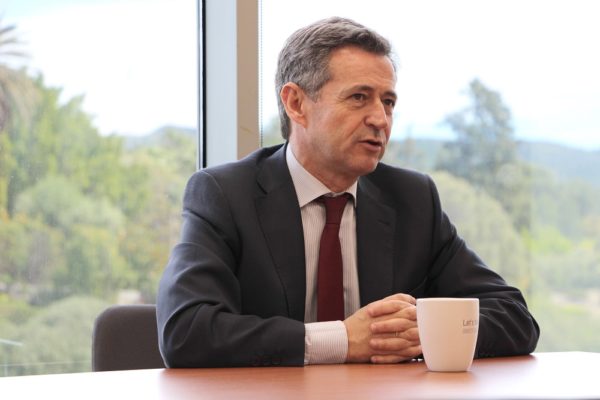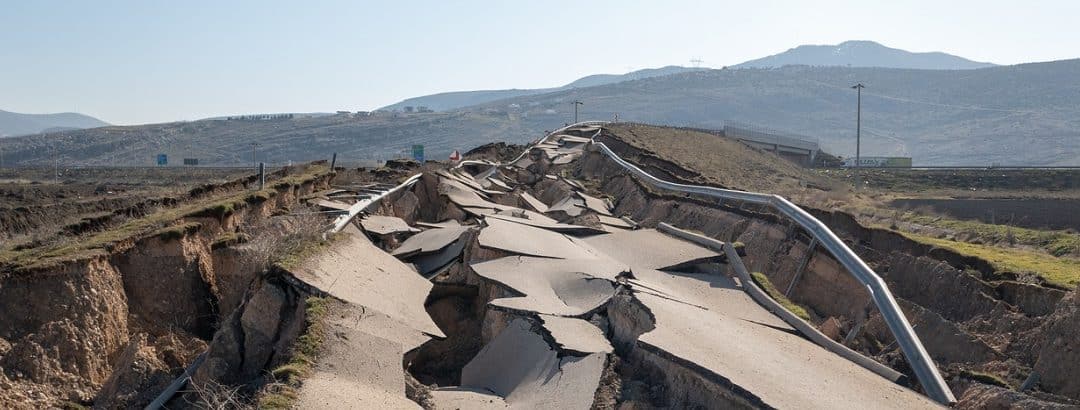1. What is ANDALUCÍA AEROSPACE, Hélice Cluster, and what is its objective?
Andalucía Aerospace represents the network of companies in the aerospace sector in Andalusia Its primary objective is to give visibility to Andalusia’s capacities throughout the aircraft industrial cycle and the new developments associated with aeronautics and space. Andalusia is one of the most important aerospace hubs in the world and one of the three locations in Europe where large aircraft are assembled and undergo all testing before delivery to clients. This has helped to develop a very powerful auxiliary network and supply chain with very internationalized companies as well as technological development capacity.
The next objective is to strengthen the business network, promoting synergies between companies in the fields of research, innovation, internationalization, training, and expert know-how.
2. What is the profile of the companies that make up the cluster and what are the benefits of being a member?
The profile covers the entire industrial cycle, from design to manufacturing, assembly, testing, and support. Nearly all the links in the supply chain are involved, from the three large Spanish tier1 aerostructure manufacturers, tier2 engineering, logistics, and testing companies, software and electronics system administrators, etc. It is comprised of almost 40 associated companies that represent the best of the sector in Andalusia.
Being a member of the cluster provides you with a close relationship with other companies and helps to implement all the initiatives that companies in the same sector may consider beneficial to carry out.
3. From your point of view, as the CEO of the company AERTEC SOLUTIONS, how is the aviation sector changing, both within Spain and worldwide? What future trends do you see?
The sector is experiencing a very exciting time. First, you have the tranquility of world air transportation that consistently grows around 4% per year. More passengers mean more planes, more airports, and more business associated with aeronautical technology. However, from our position in Europe, we are coming up against the challenge that the markets that are growing the most are in Asia. This creates a movement of interests that means Europe is no longer the center of the world, as we see it on maps.
Next, there are the challenges of digital transformation that have opened new technological horizons, with new concepts that can grow very quickly. These include the fully electric plane, drones, and unmanned aircraft, urban air transportation, microsatellite constellations, new low-cost carriers, and even space mining. Some of these issues may seem like science fiction, but they could become a reality sooner than we may think and we must position ourselves correctly.
All of the above is said in a global context. From the Spanish perspective, we have the strength of being one of the few countries capable of carrying out final assembly of a large aircraft up to delivery to the client and we have a very robust industrial network with a long tradition. The challenge is to maintain our position and be more global. To do so, we must invest more in new developments, be excellent in the technologies for which we are currently leaders, and gain ground in new technology. Government support is important to accelerate our investment capacity and the entailed assumption of risk.

4. What importance does innovation have for the companies in this sector and how are these initiatives put into practice?
Innovation is fundamental. Our sector is completely global. That means that the competition can start up in almost any part of the world. It is also a very demanding sector in terms of quality, reliability, costs, and safety, which requires extensive engineering and qualified employees. Spanish industry may have fields of excellence, but new materials, processes, and uses of digital technologies are appearing that require companies to continually invest in innovation in order to keep pace and not fall behind the competition.
There are also the new emerging markets. For example, Andalusia has exceptional conditions to be on the cutting edge of the segment of unmanned aircraft, commonly known as drones.
5. What contribution does a cluster such as ANDALUCÍA AEROSPACE make to the aviation industry?
The existence of a regional cluster is important. Together we can draw more international attention to explain the combined capacities present in Andalusia, which are capable of managing an aeronautical project throughout its cycle and a large part of the value chain. Similarly, the cluster is a meeting platform for companies. It promotes agreements between them, ranging from agreements on business, collaboration or joint innovation, and even international expansion. It also emphasizes other aspects: the occupational qualification needed to meet companies’ needs, the specific training we can provide, the expert knowledge that must be covered. This helps to direct the regulated and unregulated training available and to contact specialists in the most specific and complex topics.
6. Based on your experience as the top executive in an important company in the sector, what are the principal risks you face while conducting business? And what are the measures you take to eliminate or mitigate them? What role does insurance have in protecting against those risks?
The most significant risks we handle generally involve the high operational complexity of airports and the high value of the aircraft and air systems we work with. It requires a high degree of specialization and quality from us in all the services and products we provide for our clients.
In addition, our comprehensive risk management plan defines various coverages, both internal and external, including talent management and employee training, risk prevention systems, investments and innovation, and general and specific coverage for our projects including the final products that clients receive, and the services we provide.
Insurance is the most important external coverage for us as it helps us to eliminate the most significant and substantial risks. You have to consider that an aircraft is worth many millions of euros. Aerospace companies need the support of insurance companies to cover our risks. The insurance market offers products that are very specific and adapted to these risks, both in Spain and internationally. However, technology continues to advance and new challenges appear. Businesses and insurance companies must work hand in hand to analyze the implications and promote new developments in a safe work environment that provides all parties with peace of mind.
7. What is your take on the recent cooperation agreement signed with MAPFRE? How do you think that MAPFRE can help the companies in the cluster to carry out their operations?
I have been mentioning the keys to collaboration between MAPFRE and Andalucía Aerospace in one way or another throughout our conversation. This sector operates in a complex, very international environment with risks that can have a significant impact on financial volumes. This environment innovates by opening up new technological scenarios. To this we can add the risks inherent to business operations, having employees, complex processes, and international operations.
MAPFRE’s expert knowledge to understand, assess, propose, and, where appropriate, enter into risk coverage, is very important for companies. Benefits that we enjoy having MAPFRE as an ally within the cluster include having MAPFRE “on hand” as a collaborative partner of the cluster, with open channels for communication, availability for a specific consultation or an open talk where MAPFRE can explain to associates the topics specific to their activity or offers to participate in a meeting to analyze implications providing perspective in terms of risk coverage, which is especially important in topics of innovation.





